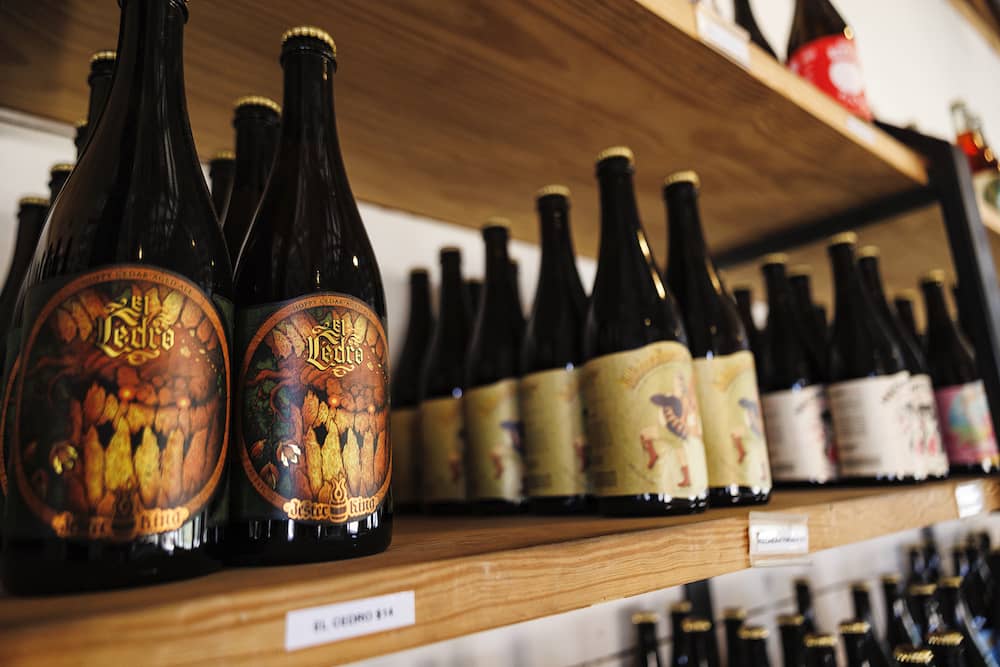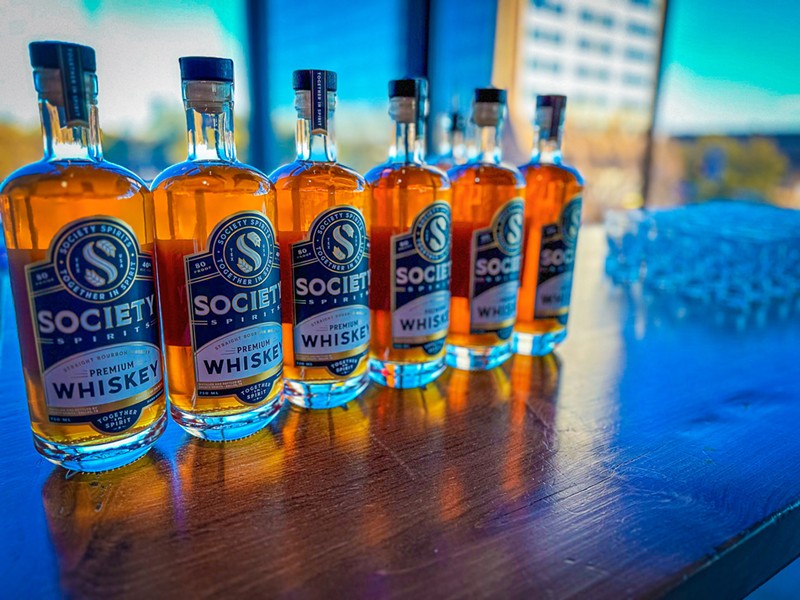Experience the Rich Flavor of Galveston Whiskey: Neighborhood Specialties
Wiki Article
Unlocking the Mysteries of Distillery Processes: An In-depth Review
Within the realm of distillery procedures lie intricacies that usually stay veiled to the informal observer. As we venture into the depths of spirit aging methods and the precision of high quality control actions, a tapestry of tastes and fragrances emerges, shaped by time-honored customs and ingenious methods.The Art of Mashing and Fermentation
In the distillery procedure, the art of mashing and fermentation plays an important function in transforming raw materials right into the first stages of alcohol production. Mashing involves the procedure of damaging down the starches in grains like corn, rye, or barley, into fermentable sugars.Once the wort is created, fermentation comes right into play. Yeast, a principal in this stage, is contributed to the wort to start the fermentation process. Yeast consumes the sugars in the wort, producing alcohol and co2 as by-products. This transformative process commonly takes a number of days to complete, depending on the wanted alcohol material and flavor profile.
Mashing and fermentation are intricate procedures that set the structure for the alcohol that will ultimately be distilled and aged to produce a final item with unique qualities and tastes.
Comprehending the Distillation Refine
One of the crucial stages in the manufacturing of alcohol entails understanding the purification procedure. Purification is a method utilized to different alcohol from the fermented fluid, usually via heating and cooling processes.
Understanding the purification procedure is vital for distillers to control the high quality, strength, and taste of the alcohol being generated. By mastering the art of distillation, distilleries can develop a large range of spirits with distinct qualities that interest various consumer preferences.
Tricks of Spirit Aging Strategies
Exploring the intricacies of spirit aging techniques introduces the surprise virtuosity behind the growth of nuanced tastes and scents in distilled beverages. The aging process is an important stage in the production of spirits, where the liquid communicates with the oak barrels, absorbing compounds that enrich its profile over time. Distilleries frequently utilize charred oak barrels, which give special tastes to the spirit via a procedure of extraction and oxidation.In addition, the ecological conditions in which the barrels are stored play a significant role in shaping the end product. Changes in temperature and humidity can affect the price of aging Distillery in Galveston and the communications between the spirit and timber. Master distillers masterfully browse these variables to craft spirits with unique characters, symbolizing the conclusion of time-honored traditions and innovative techniques.
High Quality Control and Screening Approaches
The meticulous workmanship showed in controlling and choosing barrels aging durations in the spirits production procedure highlights the vital value of rigid high quality control procedures and accurate testing approaches (Distillery in Galveston). Quality assurance in distilleries includes numerous phases to make sure that each batch satisfies the wanted requirements. From basic material evaluation to end product evaluation, each action is crucial in preserving uniformity and excellenceOne vital facet of quality assurance is sensory examination, where experienced professionals examine the fragrance, taste, and overall high quality of the spirits. Chemical evaluation strategies such as gas chromatography and mass spectrometry are used to spot any type of pollutants or inconsistencies from the desired structure. In addition, physical examinations like density measurements and pH analysis offer additional insights into the product's attributes.
To guarantee adherence to regulative requirements and inner requirements, distilleries also perform microbiological screening to examine for any type of microbial contamination that might affect the item's safety and security and service life. By carrying out robust quality control and testing approaches, distilleries can promote their online reputation for generating premium spirits regularly.
Exploring One-of-a-kind Taste Infusions

In the procedure of taste mixture, the selected botanicals are added to the base spirit and left to macerate or high for a specific duration. This enables the alcohol to extract the flavors and important oils from the botanicals, leading to a harmonious mix of preferences (Breweries in Galveston Texas). Distilleries may additionally utilize methods like vapor infusion or basket mixture throughout purification to pass on particular flavors to the spirit
Furthermore, some distilleries go with barrel aging or cask ending up strategies to introduce additional intricacy and deepness to their spirits via interactions with the timber. These approaches add to the development of distinct flavor accounts that interest a discerning audience looking for story and unforgettable drinking experiences.
Verdict
In final thought, the distillery refines entail complex steps such as mashing, fermentation, purification, aging, and taste mixtures. Quality control and screening methods are crucial in ensuring the last product fulfills requirements. Comprehending the scientific research behind these procedures is important for generating top notch spirits. By unlocking the mysteries of distillation, distillers can develop savory and distinct spirits that interest a vast array of customers.As we venture into the depths of spirit aging techniques and the precision of high quality control steps, a tapestry of flavors and fragrances emerges, formed by time-honored customs and cutting-edge techniques. Distilleries frequently utilize charred oak barrels, which impart distinct tastes to the spirit via a procedure of extraction and oxidation.Making use of a varied array of botanicals and ingredients, distilleries can craft distinct flavor infusions that set their spirits apart in a competitive market. Breweries in Galveston Texas.In the process of taste mixture, the picked botanicals are added to the base spirit and left to macerate or high for a specified duration. Distilleries might additionally use methods like vapor mixture or basket infusion during distillation to impart particular flavors to the spirit
Report this wiki page